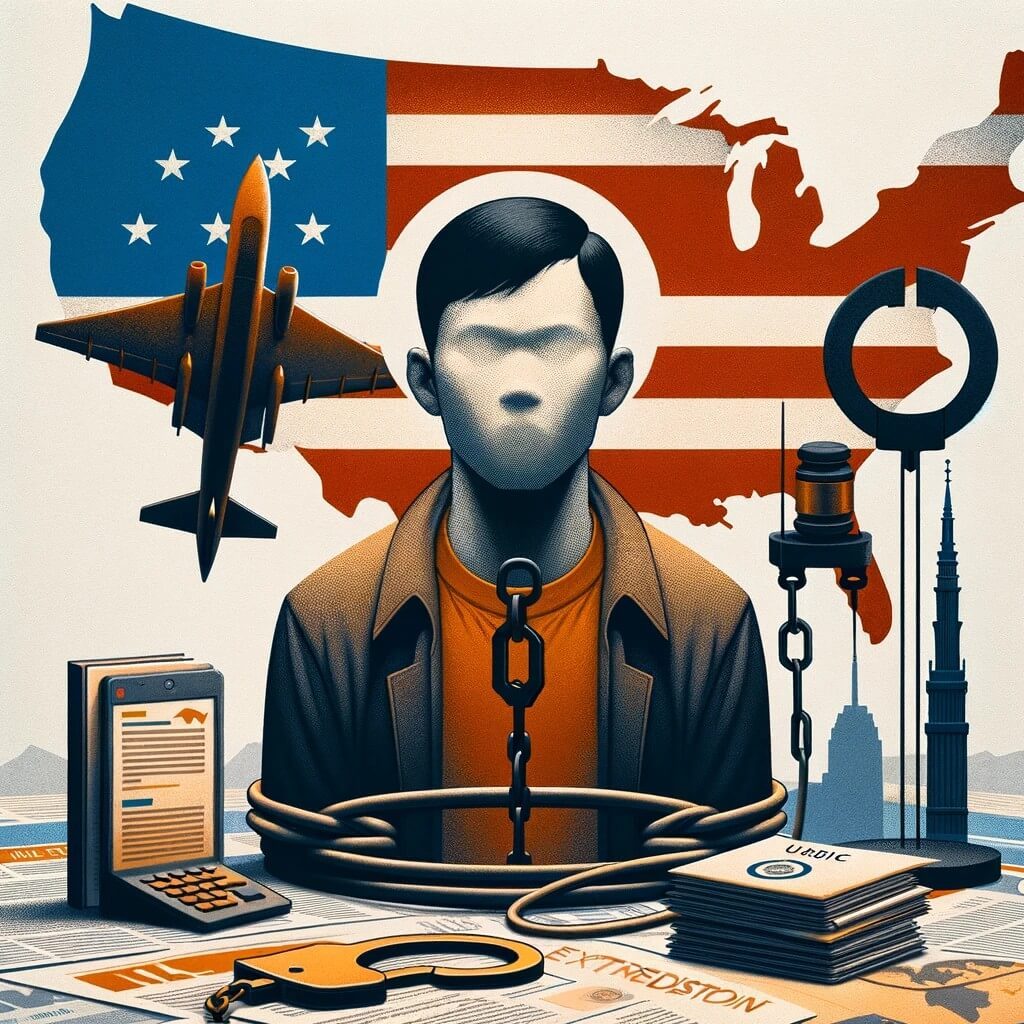It’s a tense time for investors as central banks’ interest rates appear to be plateauing. The European Central Bank (ECB) and the US Federal Reserve have recently cast doubt on the previously inexorable rise of interest rates, signaling a potential peak.
Steadying the ship: No more ascending rates?
There’s a change in the air at the ECB. After a consistent upward trajectory in interest rates, the ECB opted for an unsettling change of tone during its latest meeting.
By increasing rates by a quarter percentage point but simultaneously removing the guarantee of future hikes, the ECB echoed the sentiments of its US counterpart. The Federal Reserve adopted a similar stance just a day earlier.
This shift from a persistent increase to an ambiguous future has left investors and analysts speculating whether the pinnacle of interest rates has been reached. If the rates are on the precipice of their peak, this represents a seismic shift in the financial world.
Both sides of the Atlantic echo this sentiment, as recent data reveals that inflation has been on a steady decline. While the future of interest rates is uncertain, it’s clear that the central banks are sailing towards uncharted waters.
The ripple effects of rate plateau: A struggling economy
This uncertainty isn’t confined within the walls of the central banks, it spills over into the broader economy. The Eurozone’s economic strength has been faltering.
Economic output has been flat for two consecutive quarters, and with data indicating a sharp contraction in private-sector activity, the third quarter doesn’t look promising.
In comparison, the US economy has demonstrated relative resilience, as economic growth has exceeded expectations. However, the US isn’t immune to the uncertainty shrouding the central banks.
The potential for future tightening could lead to higher inflation, but the full impact of these changes remains unknown.
The central banks aren’t shutting the door on future rate hikes. But they’re adopting a ‘wait and see’ approach. This attitude is reflective of the changing tide, as more rate hikes seem less likely.
Investors are left to navigate these murky waters, as the future of interest rates and their impact on the economy remains uncertain.
The impending consumer price growth figures for the upcoming months will serve as a barometer for future actions of the central banks. Both inflation and the labor market data will contribute to the banks’ decisions on whether to further tighten the reigns or keep a steady course.
In light of recent developments, the Eurozone’s near-term economic outlook has soured, largely due to weakening domestic demand.
Nevertheless, potential headwinds, such as rising food prices due to Russia’s decision to pull out from a Ukrainian grain export deal and climatic issues, might exert additional pressure on inflation.
Conversely, falling energy prices coupled with weaker demand could alleviate price pressures. However, this yin and yang of economic forces only adds to the uncertainty clouding the future of interest rates.
The current situation is a tightrope walk, teetering between rate hikes and economic pressure. The central banks’ recent shift from an assured increase to a tentative pause has left investors in a state of limbo.





